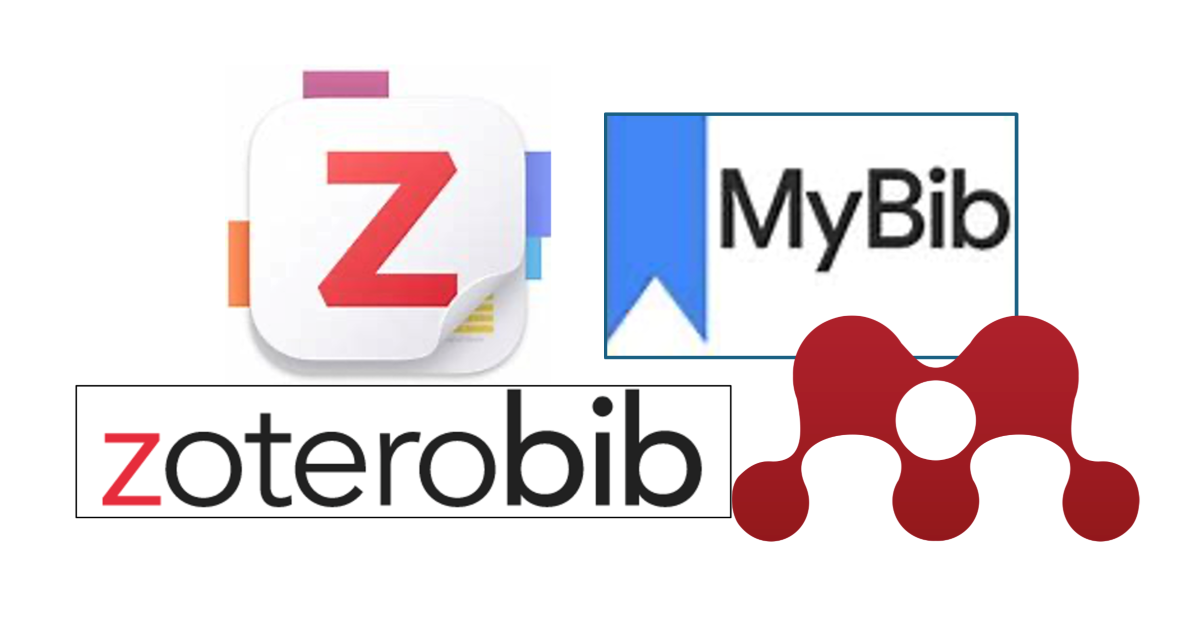Using quotations in academic writing
29/03/2018

To reference successfully, it’s important that all the sources you’ve used in your academic writing have been properly acknowledged. To do this correctly, you’ll cite them briefly in the text of your assignment and include a full reference at the end of your work. Here we will focus on in-text citations and specifically the process of using quotations in your work.
So, what is a quotation?
A direct quotation is when you copy an author’s words exactly as they appear in the original text.
When might I quote?
You might insert a quotation in your work when you are referring to an author’s own terminology, theory or expression, which simply could not be expressed better in your own words.
How much can I quote?
The main point here is that if you decide to use a quotation, it should be relevant to your argument or the point you are making. Remember, it’s not good academic practice to use too many quotations as you will want your work to demonstrate your own writing and thoughts. If in doubt, choose to paraphrase rather than to quote, as paraphrasing demonstrates to the reader your understanding and analysis of the sources you have read.
How do I include a direct quotation in my work?
You might decide to quote a whole sentence or short paragraph, but it’s better to use your own words to lead into the quotation so to avoid interrupting the flow of your own words. If your quote is longer than a few lines, it’s good practice to format this as a separate indented paragraph. Any words you copy must be identical to the original and enclosed within inverted commas.
Here’s an example:
Schein (2004, p.17) defines organisational culture as “a pattern of shared basic assumptions that was learned by a group as it solved its problems of external adaptation and internal integration”.
What about my in-text citation?
As shown above, your in-text citation should contain the author, date and page number of where the words appeared in the original source. As always, you’ll also need to add a full bibliographic reference to the source at the end of your work.
If you have any questions about referencing, please get in touch with MIRC, Kings Norton Library or Barrington Library.
Feature image from Pixabay. Available at: https://pixabay.com/en/student-typing-keyboard-text-woman-849825/CC0
Categories & Tags:
Leave a comment on this post:
You might also like…
Meet Mendeley: a powerful referencing tool that does the hard work for you!
Are you looking for a way to manage your references, create in-text citations and reference lists for your assignments or thesis? If so, you may wish to consider using Mendeley. What is it? Mendeley is ...
Adding documents to your Mendeley account
To make the most of a Mendeley account, it is useful to create and maintain a ‘Library’ of references. You can add references and documents to this Library in a number of ways: 1) Drag ...
Choosing the right reference management tool for you…
Are you thinking about using reference management software to help you manage your references? The Library is here to help you. While Mendeley has been our go-to reference management software for some years, we've recently ...
Cranfield Seed Fund recipient, Cosysense, are using AI to solve air conditioning problems and provide a net zero alternative
If you’ve ever worked in an office environment you’ve probably been involved in, or overheard, a conversation about the air conditioning. Well, it’s no surprise it’s a common complaint when research shows that up ...
An Eye-Opening Journey in Advanced GIS & Remote Sensing at Cranfield University
My experience in the Advanced GIS and Remote Sensing course at Cranfield University was nothing short of transformational. From day one, the course was designed to provide both technical expertise and real-world applications. What ...
EBSCO databases – User interface changes
EBSCO has recently introduced a new user interface which you will see when you access any of our EBSCO databases - Business Source Complete, EBSCO eJournals and eBooks, GreenFILE, PsycARTICLES and PsycINFO. If you've used ...






